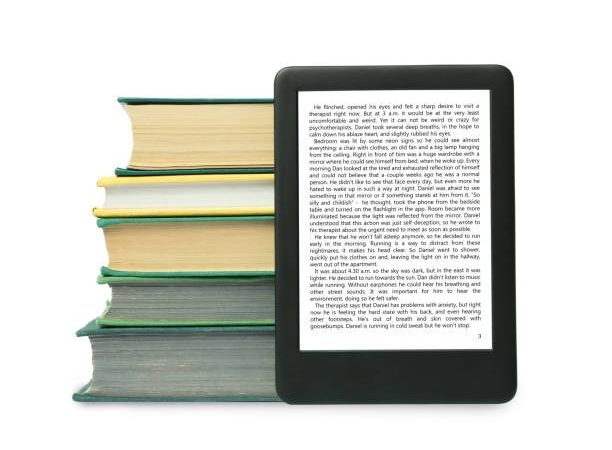Floriography’s Influence on Artistic Expression: A Contemporary Perspective

A lot of people believe that the Victorians created the flower language, but in reality, it was two women from Europe’s 1700s who kick-started the craze. Two of them, Lady Mary Wortley Montagu, and Aubry De La Mottraye traveled to in the Ottoman Empire. They brought the secret codes of their flower symbolic language.
Origins
In the Victorian period, the art of Floriography became widespread. It involved using flowers as a way to transmit messages. Even though it was fading in the late nineteenth century, flower symbolism is current. Like, for instance, artist Whitney Lynn created a project for San Diego International Airport using flowers that have specific meanings.
It was Lady Mary Wortley Montague, Seigneur Aubry de La Mottraye and Seigneur Aubry De La Mottraye who brought the florature trend to Europe out of Ottoman Turkey. Many floriography-related dictionaries grew out of the popularity of these dictionaries. The books contained botanical details as well as novelty objects such calendars and listings of different flowers along with their associated symbols. Some of these meanings are based on mythology as well as folklore and mythology (the daffodil’s association with egotism is an example) and others were derived out of the nature of flowers. They also included dictionaries on flowers. writers often used an Eastern custom called Selam.
Victorian Era
The art of expressing emotions, or the language of flowers, served as an obscure method of communication in Victorian society. The cryptic system of botanical symbols was used to convey love, disdain or a desire. This allowed Victorians who were governed by strict social norms and customs, to communicate their emotions by using a method that was accepted.
In the 19th century, books on the symbolic meaning of flowers and languages were published. The nuances of the flower language could vary based on the kind of flower used, how it was presented or even the person who delivered it. The nuanced expression of emotion allowed for much room to be imaginative and interpreted. The flower vocabulary grew to include more than 1,400 various flowers, herb, as well as trees. Although the flower lexicon differed between cultures, the feelings were often alike.
Evolution of Symbolism
From the beginning of time, flowers have been used to communicate deep feelings that express respect, love and emotions. While the landscape changes and flowers expand in cultivation the meanings that were once cherished are changed or lost, while new ones emerge.
When the flower-themed language gained popularity during the the 19th century in England and North America, authors penned simple guides and dictionaries that associated a particular flower with its symbolic definition. These dictionaries were often lavishly illustrated, and tied with sentimental dedications.
Some of these mythological symbols were taken from mythology, religion and folklore. Narcissus the story of a man being in love with him in a swimming pool inspired the association of daffodils and self-esteem. Others were derived from the plants’ appearance or characteristics. Like mimosas, they inspired feelings of purity as they close at night as well as being touch sensitive.
Cultural Influences
In the Victorian Era, flower language blossomed as a form of discrete language. It suited a culture where direct verbal expression of feelings was considered rude and proper manners was a crucial part of social interaction.
The magazines for women such as Godey’s Ladies’ Book featured it frequently. The game was played in places where players were blindfolded and took a bouquet of flowers out of a vase to find out their love or fortune.
There were many flower dictionaries that gave every bloom its individual definition. Lexicon definitions can be varied; for example, Hyacinth flowers were believed to signify beauty but also loyalty, piety, and forgiving. The interpretations were based off diverse sources including classic literature, Shakespearean associations, and older French flower lexicographies.
Modern
The art of symbolism through flowers is still popular today. Editors, designers and artists, florists hoa chia buon marketers, writers and poets use the concept. It’s often referred to as”florography,” also known as the language of flowers.
At its height in the Victorian era, floriography was one of the most popular literary trends. A myriad of flower, plant and plant-related books were published. Some of these included descriptions of the flowers, herbs as well as plants, along with their symbolic meanings. A few were based on legends or folklore. In this case, for example, the relationship between daffodils with egotism comes from Narcissus’ obsession with himself.
The symbols of flowers can transmit diverse messages and emotions. They can also differ in color since each hue brings particular emotions and significance. A fiery red rose represents the love and passion of a person, whereas the delicate white rose symbolises innocence and pureness.






